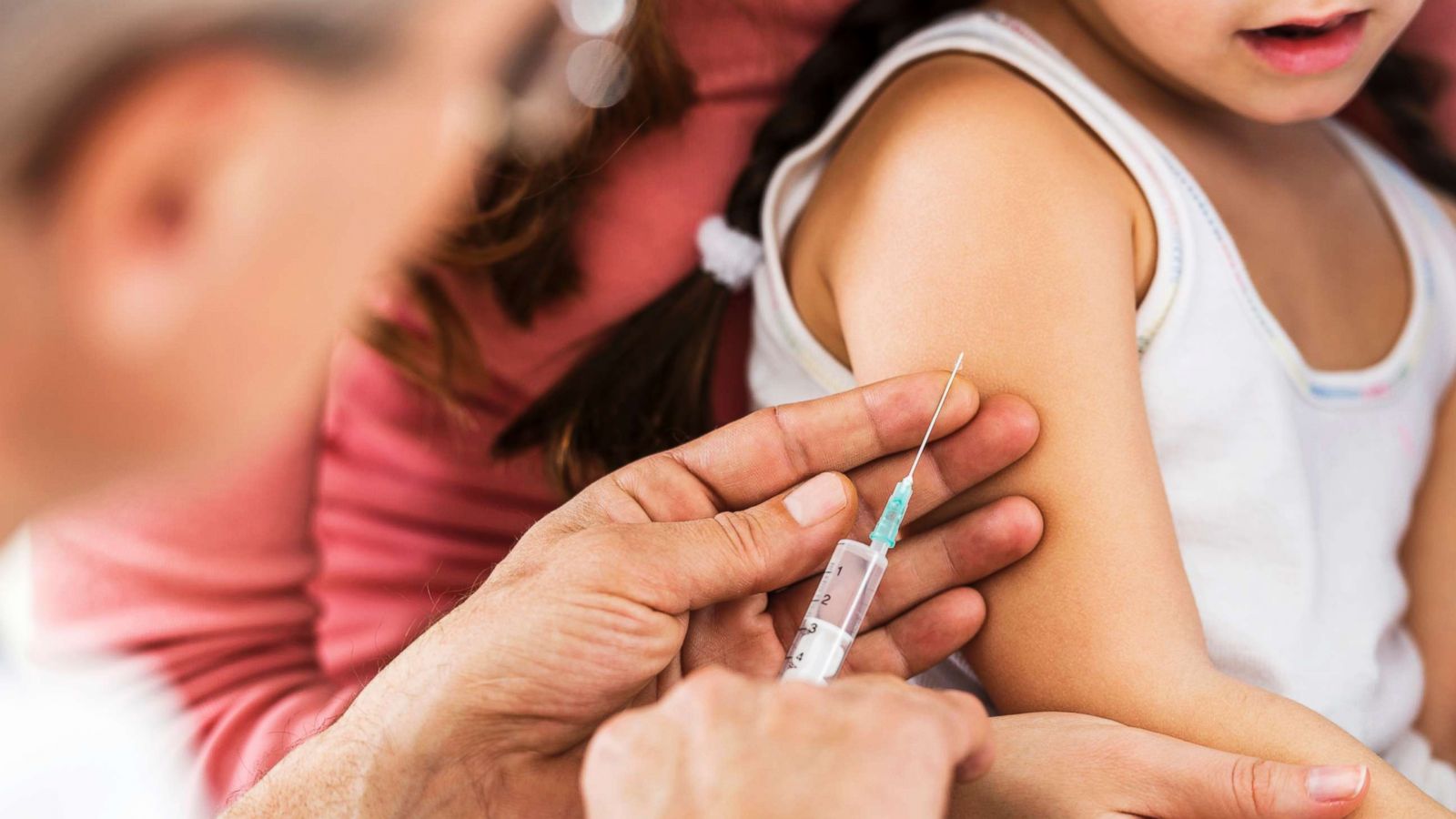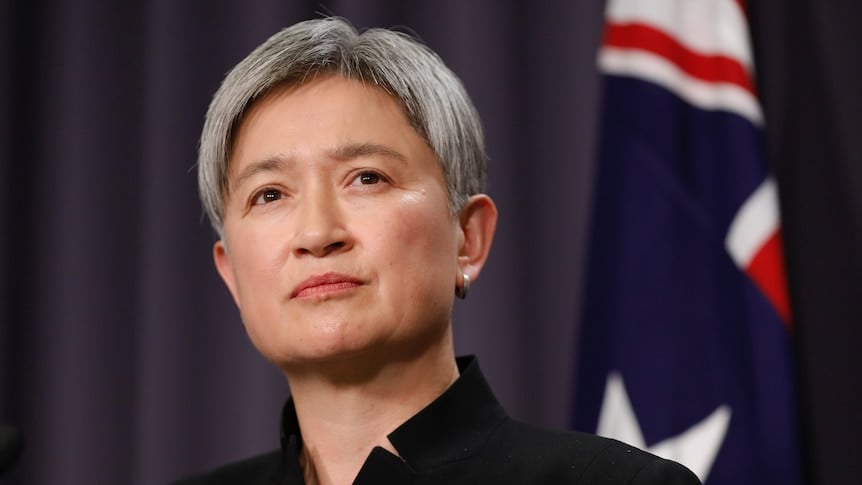COVID-19 vaccinations for children under 5 hit another delay as US regulators abruptly put the brakes on their efforts to speed review of the shots that Pfizer is testing for youngsters.
The US Food and Drug Administration, worried about the omicron variant’s toll on kids, had taken the extraordinary step of urging Pfizer to apply for OK of the extra-low dose vaccine before it’s clear if tots will need two shots or three. The agency’s plan could have allowed vaccinations to begin within weeks.
But Friday, the FDA reversed course and said it had become clear the agency needed to wait for data on how well a third shot works for the youngest age group. Pfizer said in a statement that it expected the data by early April.
It’s not the first delay. Pfizer originally had expected to know by late December if the extra-low doses worked for kids under 5 — only to face a disappointing setback. Preliminary study results showed two shots were safe and strong enough to give good protection to babies as young as 6 months. But once tots reached the preschool age — the 2- to 4-year-olds — two doses weren’t protective enough, prompting the addition of a third to the study.
The US Food and Drug Administration, worried about the omicron variant’s toll on kids, had taken the extraordinary step of urging Pfizer to apply for OK of the extra-low dose vaccine before it’s clear if tots will need two shots or three. The agency’s plan could have allowed vaccinations to begin within weeks.
But Friday, the FDA reversed course and said it had become clear the agency needed to wait for data on how well a third shot works for the youngest age group. Pfizer said in a statement that it expected the data by early April.
It’s not the first delay. Pfizer originally had expected to know by late December if the extra-low doses worked for kids under 5 — only to face a disappointing setback. Preliminary study results showed two shots were safe and strong enough to give good protection to babies as young as 6 months. But once tots reached the preschool age — the 2- to 4-year-olds — two doses weren’t protective enough, prompting the addition of a third to the study.


















